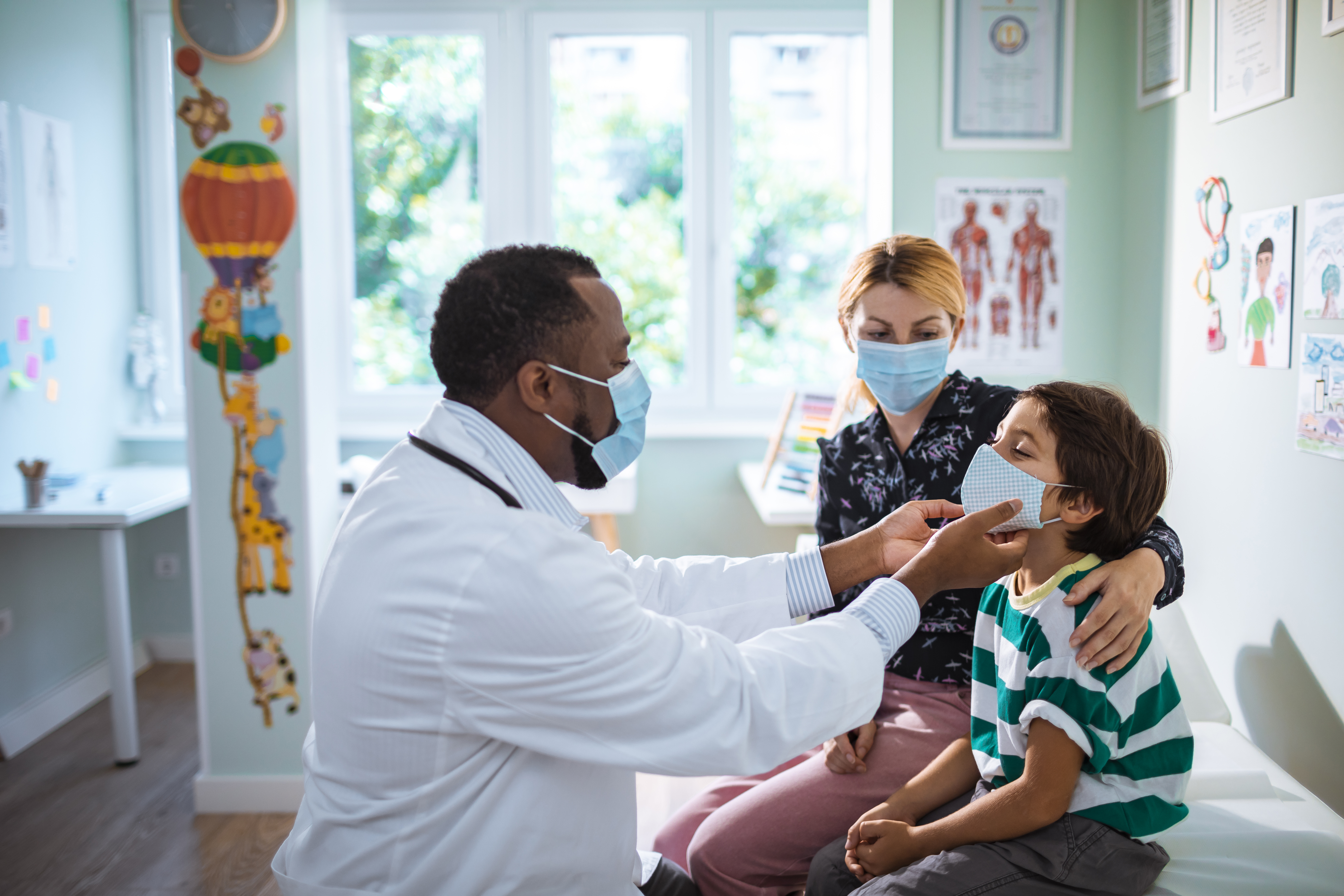
Prevention Science
In early childhood, a child's brain rapidly develops with nearly a million neural connections formed per second. Experiences, including nutrition, social support, family stability, and more, shape this development Adverse childhood experiences also play a role.
Socioeconomic determinants drive health disparities. Preventive interventions have profound and lasting effects on children and youth health, including behavioral outcomes.

59%
of U.S. children experience at least one ACE
24%
of U.S. children experience three or more ACEs
32%
of low income families experience at least one food insecurity
40+
Dose-response relationships confirmed between ACEs and medical conditions
80%
of abused/neglected children will develop a psychiatric disorder
80%
Increase in risk of overall psychiatric impairment in children from food insecure families
Adverse Childhood Experiences (ACEs)
There is a growing body of research on the profound impact that conditions like abuse, neglect, danger, and loss have on children. Especially those from underserved or at-risk families. Research shows a strong link between ACEs and a wide range of physical and mental health problems across the life span.
Current and emerging research helps us understand the effects of ACEs and toxic stress on the body. This can increase risk for health problems, including chronic disease, mental illness, and obesity. ACEs include poor education, abuse/neglect, unemployment and job insecurity, poverty, food insecurity, housing instability, adverse environmental conditions, and limited access to health care.
March 23, 2016 - It was almost a year ago that the American College of Obstetricians and Gynecologists came out unequivocally in favor of universal screening for perinatal depression. In the revised policy statement from ACOG’s Committee on Obstetric […]
March 23, 2017 - The following post was first published in OB/GYN News. Please see our OB/GYN News archives here. Publish date: March 3, 2017 Over the last decade, appreciation of the prevalence of perinatal depression – depression during pregnancy and/or […]
January 19, 2018 - The following post was first published in OB/GYN News. Please see our OB/GYN News archives here. Publish date: November 22, 2017 Over the last several years, there’s been increasing interest and ultimately a growing number of mandates across […]
A 17-21 item questionnaire to rate the severity of depression in patients. Questionnaire and scoring.
A 3-item item questionnaire to identify probable major depressive disorders. Questionnaire and scoring.
A 10-item questionnaire to screen the severity of depressive episodes in patients with mood disorders. Questionnaire.
A 20-item scale that asks caregivers to rate how often over the past week they experienced symptoms associated with depression. Scale. Click here for scoring.
A New York State Obstetric Hemorrhage Project Interactive Online Webinar presented by Project TEACH Maternal Mental Health Initiative
A 7-item questionnaire to screen for the severity of a patient’s depression. Questionnaire and scoring.
A 21-question psychometric questionnaire to screen for the severity of a patient’s depression. Questionnaire and scoring.
A questionnaire used to determine the probable onset of bipolar disorders (including Bipolar I, Bipolar II and Bipolar NOS). Questionnaire and scoring.
A 7-item questionnaire used to measure the severity of anxiety, and probable occurrence of generalized anxiety disorder. Questionnaire and scoring.
A 9-item questionnaire to inquire about the frequency of depressed mood and anhedonia over the past two weeks. This can be used following a positive PHQ-2 screening. Questionnaire and scoring.
A 2-item questionnaire used to inquire about the frequency of depressed mood and anhedonia over the past two weeks. Questionnaire and scoring.
An article showing the benefits of continuous support during labor and childbirth (e.g. doula) support.
A guide on how to find and work with birth and postpartum doulas provided by Postpartum Support International.
Supportive services for new and expecting moms.
Dr. Anna Glezer: A physician’s expert guidance on your mental health & emotional well-being during pregnancy, delivery, & postpartum. Articles, guides, & advice on mood, anxiety, mental illness, hormones, treatments, resources, & many others.
A Black-women led cross-sectoral alliance to advocate, drive research, and shift culture for Black maternal health, rights, and justice.
A Postpartum Support International program to support families and providers of color around perinatal mood and anxiety disorders.
A peer online support group to assist in breaking cultural barriers in maternal mental health awareness.
A website to helping fathers and families address postpartum depression, including peer support.
A comprehensive statewide guide to identify peer support and other resources for perinatal and postpartum women.